Photos Document What Remains of a Soviet Atomic City
A new book explores the architectural history of Metsamor, Armenia, once a planned utopia for nuclear power plant workers
In 1969, Metsamor, Armenia, sprang into life. The town was designed and built to be a workers’ utopia, an idyllic settlement for employees of the nearby nuclear power plant, the first in the region. A single architect, Martin Mikaelyan, designed the entire city, including workers' housing, schools, common areas and neighborhoods called "micro districts." Metsamor was meant to reflect the modern socialistic ideals of work and life combined. But the city would never realize the full vision of its creator. A devastating earthquake shut down the power plant in 1988, and the following year, the collapse of the Soviet Union ended further construction on the buildings. The original complex, designed to hold some 35,000 inhabitants, only housed 14,000 residents at the U.S.S.R.’s fall. Over time, Metsamor began to age and decay and take on a life of its own as the remaining residents transformed the city's style and structure.
Despite the reopening of the power plant in 1995, the city remains underpopulated (about 10,000 people live in Metsamor now). Fascinated by the city's past and architectural present, Sarhat Petrossian, an architect and researcher in Yerevan, and Katharina Roters, a Budapest-based artist, teamed up to document the city's unique take on Soviet Modernism. Smithsonian.com spoke with the co-editors about their resulting work, Utopia & Collapse, which explores the history of utopian Metsamor and the architectural remnants of a Soviet atomic city.
What was the genesis of the project?
Petrossian: Everything started in 2007. The first time I visited the town, I discovered the fabulous pattern, the fantastic architecture, the landscape, everything. I was teaching at the local architecture school and with my students, we tried to do some project development around Metsamor. In 2012 or 2013, we decided we needed to go a bit deeper, so we developed this project. We tried to study Metsamor from different perspectives, trying to do one of the first modern interdisciplinary open resource projects [on the structure] in Armenia.
Roters: I was teaching in Yerevan at a creative center for new technologies where they teach kids for free. They [have] local teachers and then they invite people like me from abroad to teach their workshops. I did one about photographing Soviet modern architecture and told the center I was looking for architects to join and help me. That’s how I met Sarhat, and he took me to Metsamor.
So it sounds like it was a natural partnership, based on the architecture and the style of Metsamor. Did you have any particular struggles when you were working on the project, anything that may have set you back or caught you off guard?
Roters: The most difficult thing was finding the right balance. We didn’t want to make a photo album with architecture as an attachment, and we also didn’t want to make a teaching book about just architecture.
The images focus mostly on architectural structures, but there are some shots that show signs of people, such as laundry hanging on clotheslines. What were you trying to capture with these images?
Roters: Yes. I was not focusing on shooting people. It was not about people; it was about the architecture. But they are living people and they’re using the architecture, leaving signs in the walls, changing it. They close the balconies, or they add attachments. I was more interested in looking at the architecture this way. I wasn’t focused on shooting the people living there [directly, but rather] I wanted to explore the patterns of the architecture, the shape, the forms, and how the people used it. What signs have they left behind? How have they changed the architecture?
What types of changes did you discover?
Roters: Visually, it’s quite interesting. [The current inhabitants are] changing everything and everybody’s different. Everybody uses a different stone, a different curtain, another paint color. So you look at these buildings, which were quite [uniform] when they were built, but now each balcony, window and entrance is different.
What was it like on an emotional level for each of you to work on this project?
Roters: It was not easy. I worked on the photos for two years, and in the beginning, it was more intuitive. I had to find a way to show what I saw there, or what I thought might be inside there. But with the people living in Metsamor, it made it more personal. I stayed there, I slept there, and I really tried to let it touch me so I could give that feeling back through the photos. It was a very intense process.
Petrossian: For me, it was really hard as an architect to not go beyond studying what’s there and instead work on proposals and solutions to fix the issues present. It was a tough challenge not to cross the line of being a student of the town to being a new architect for the town.
Do you have a favorite photograph in the book?
Petrossian: I have two. One is... a yellowish image of the sports complex. It’s a lovely photo. It shows everything. It shows what is really important for me in Metsamor as an architect. My other favorite photo is one with a beige wall, a cactus and a red chair. I think this photo nicely shows the entire narrative of Metsamor.
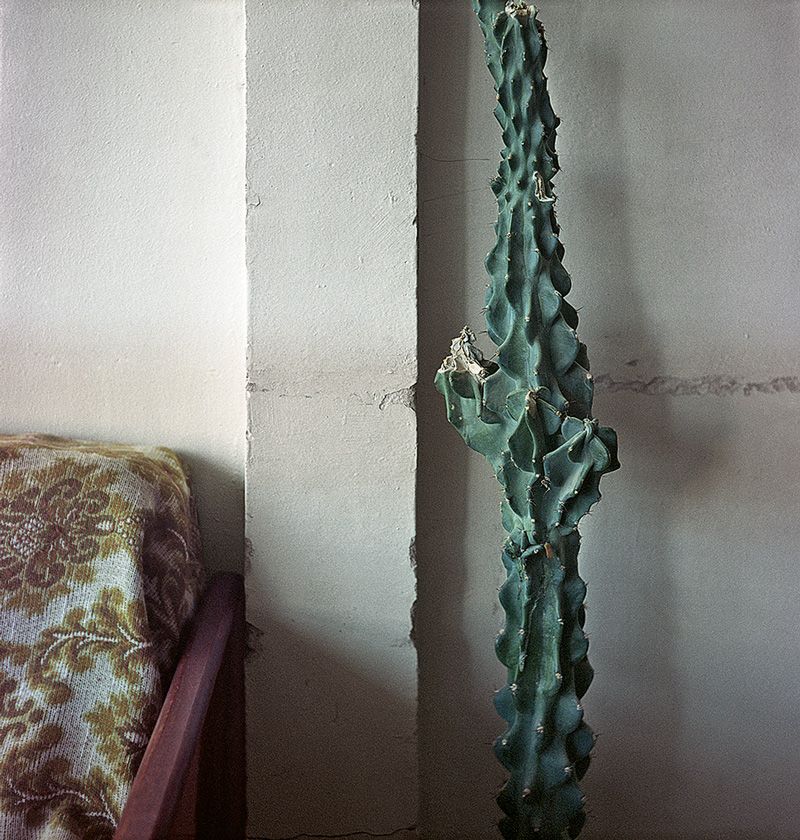
What would you like people to take away from the book, the main thing you want them to learn?
Roters: For me, the dialogue between the photos and the visual aesthetic of Metsamor is very important. We regard Metsamor as a very special place, as really one architect designed everything, and I hope this is visible.
Petrossian: We want to open a discussion, to unwrap this place with different layers, and show the all-in-oneness of the town. We also want to humanize this Soviet town. We wanted to highlight the aesthetic aspect of the buildings and give them new life. We need to show people that these buildings have value and present a timeframe of our life, and we need to maintain them.
Planning Your Next Trip?
Explore great travel deals
Smithsonian magazine participates in affiliate link advertising programs. If you purchase an item through these links, we receive a commission.
/https://tf-cmsv2-smithsonianmag-media.s3.amazonaws.com/accounts/headshot/JenniferBillock.png)
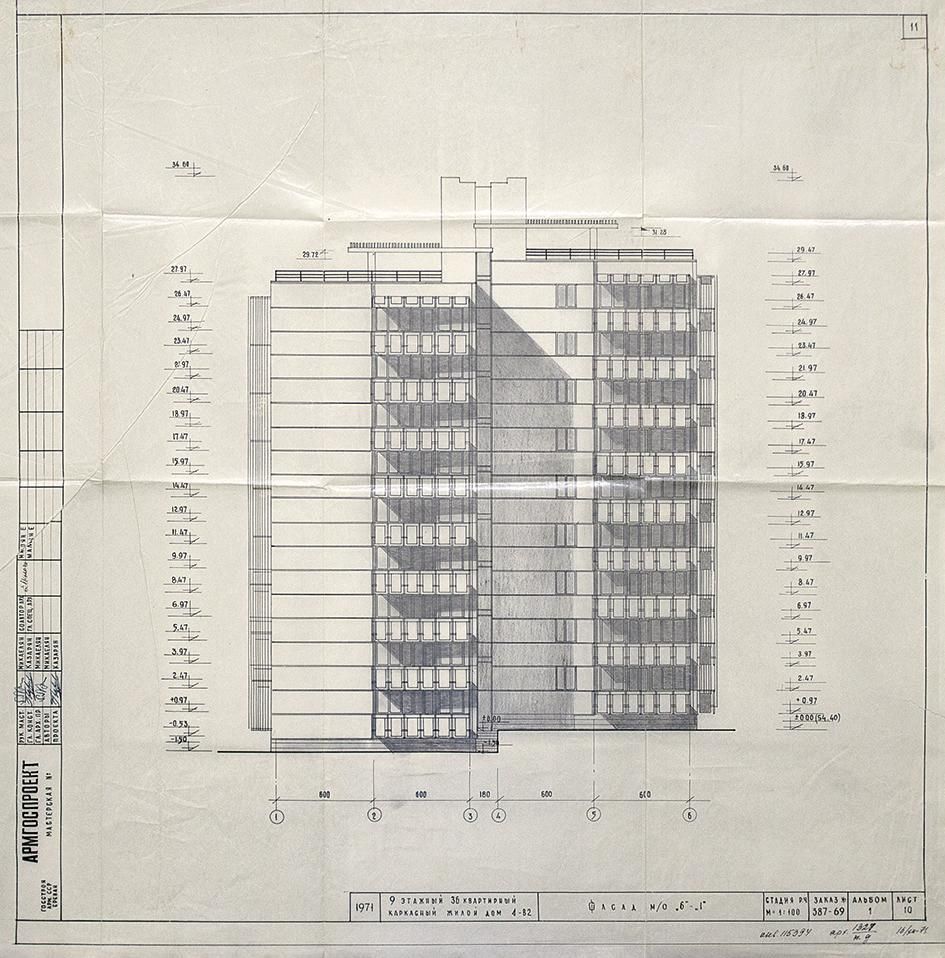

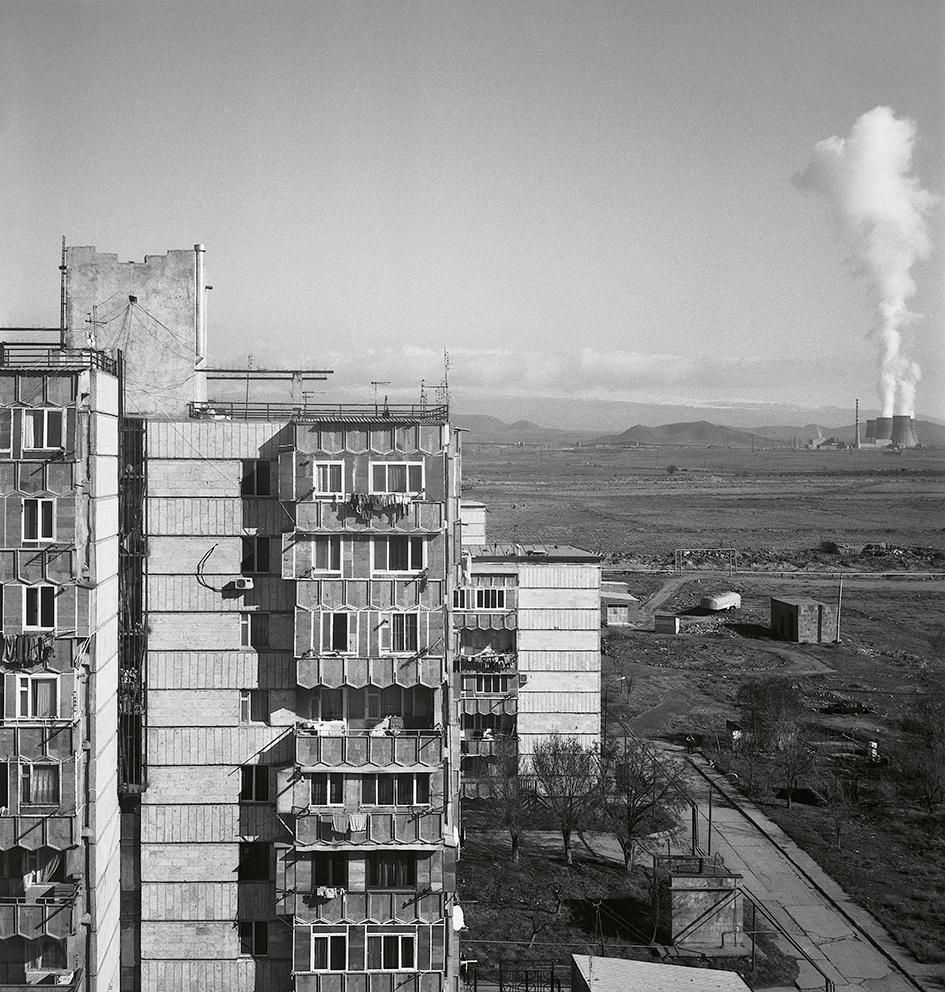

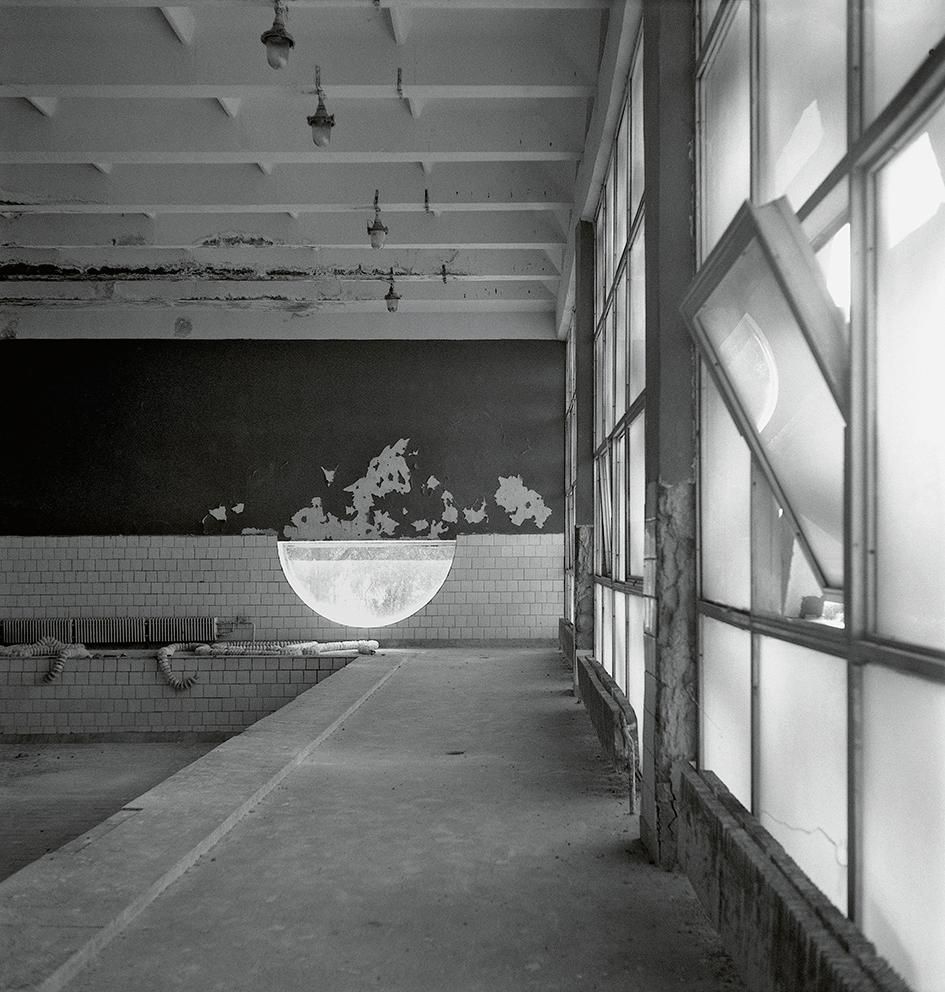
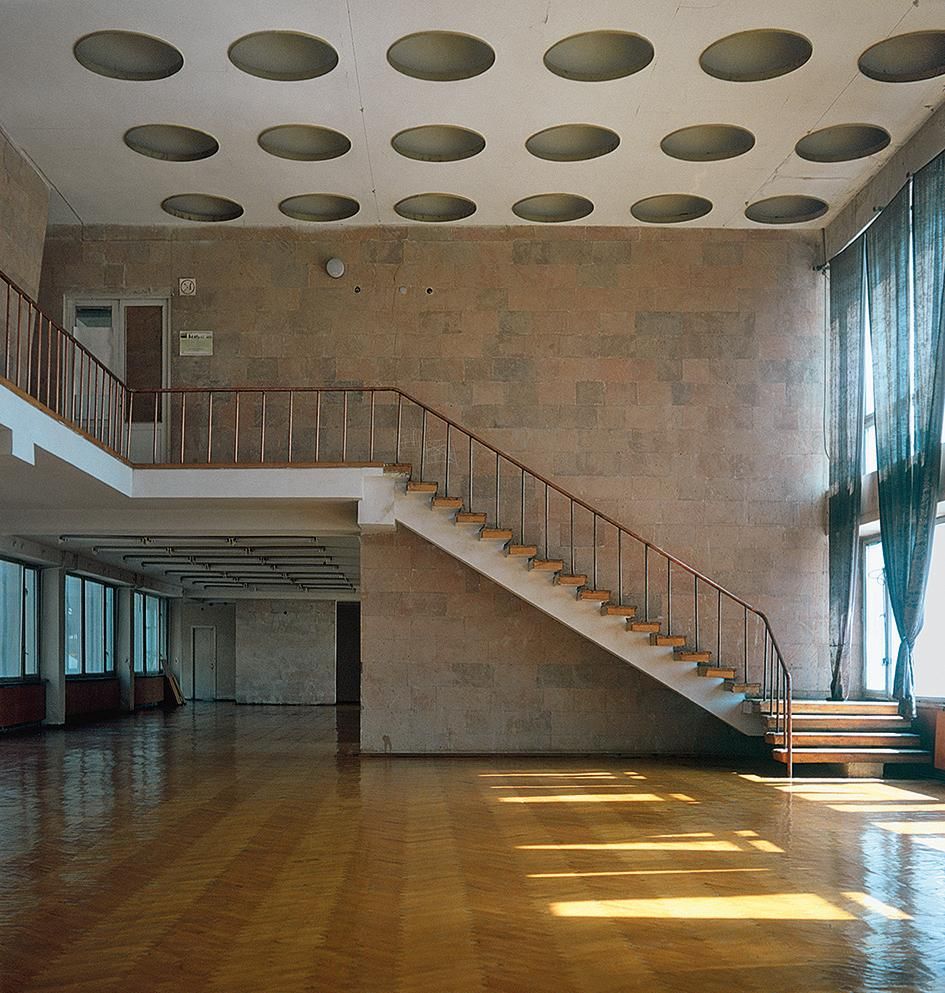
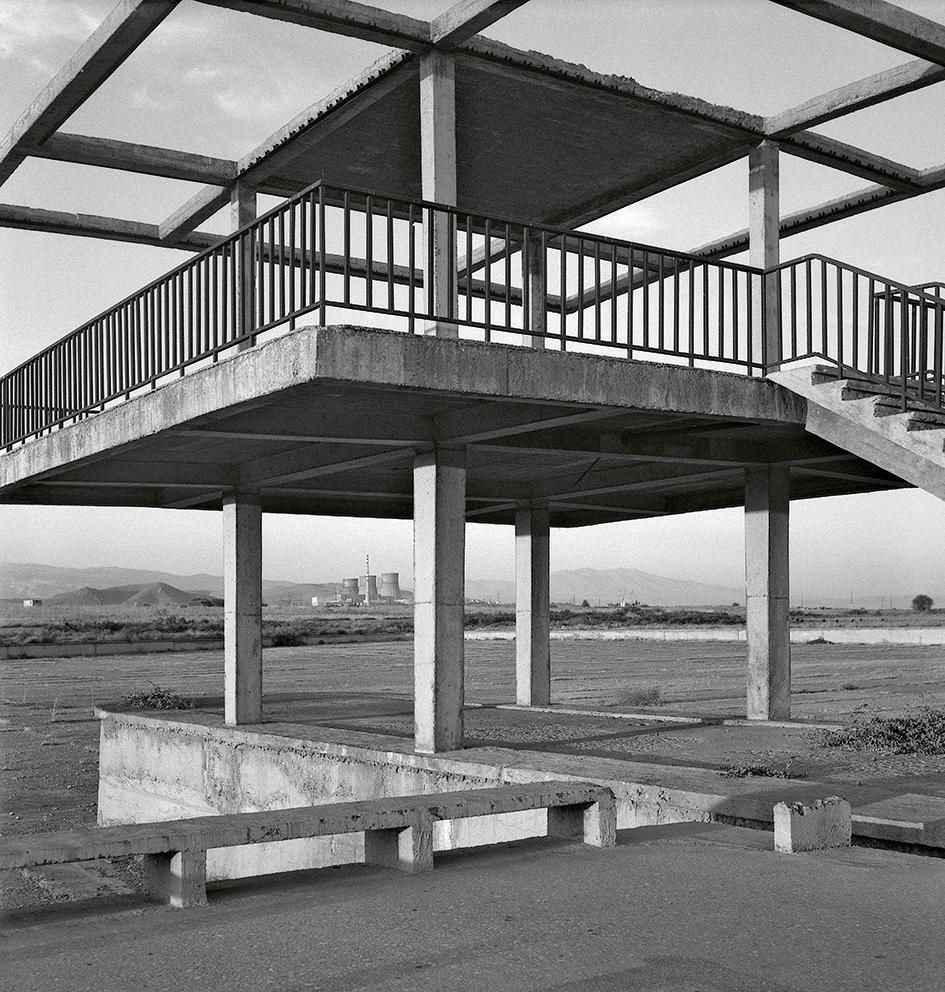
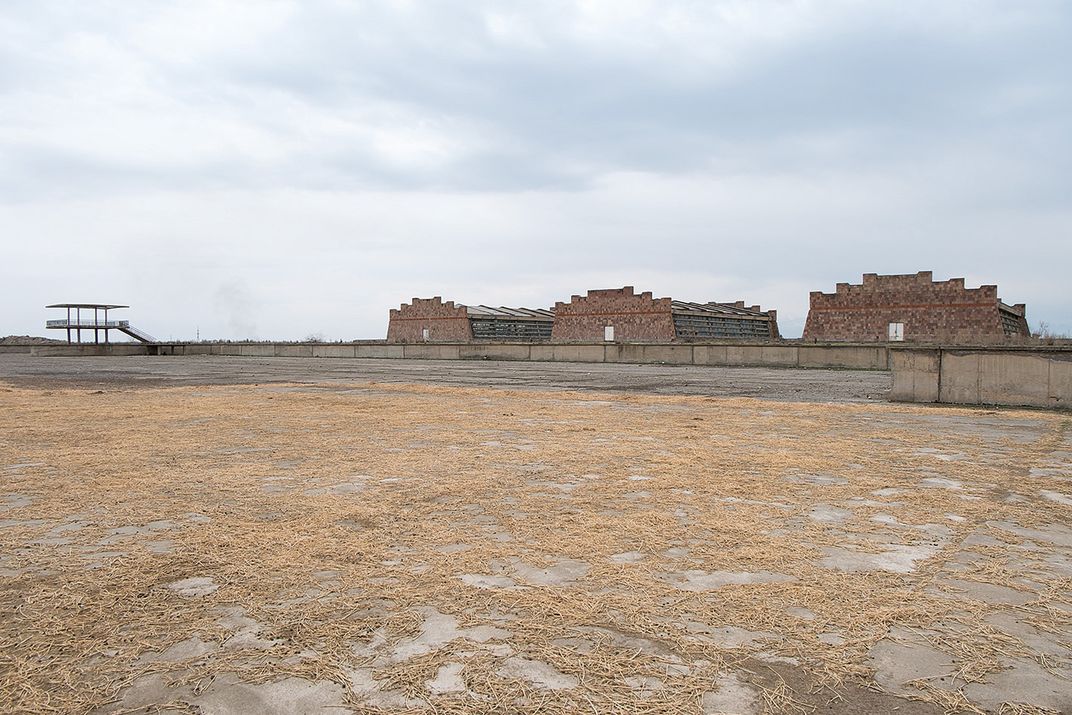
/https://tf-cmsv2-smithsonianmag-media.s3.amazonaws.com/accounts/headshot/JenniferBillock.png)